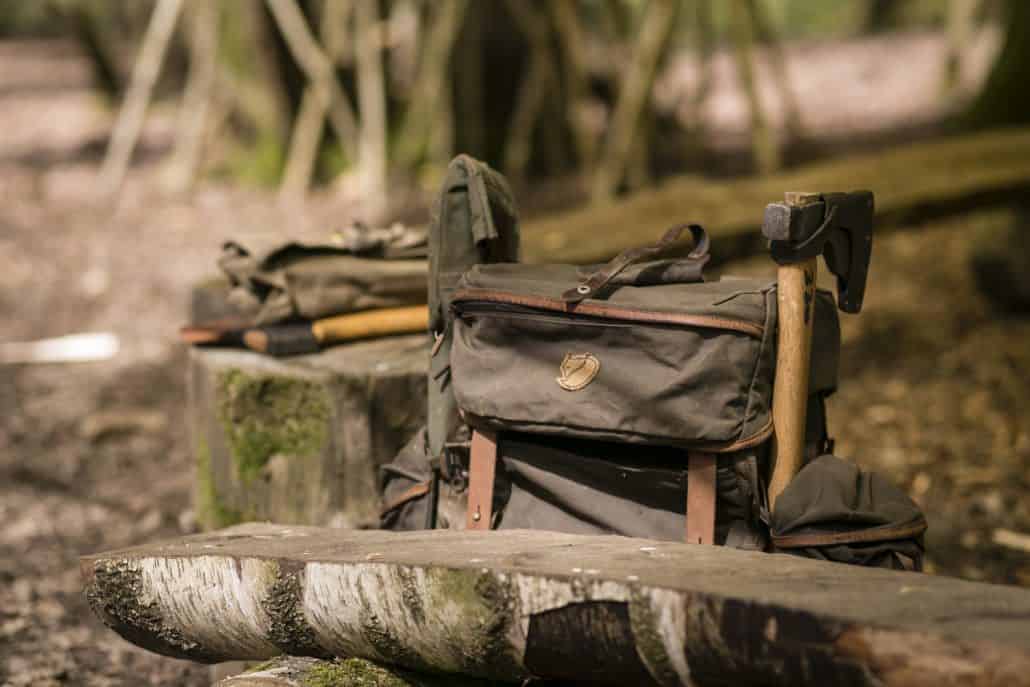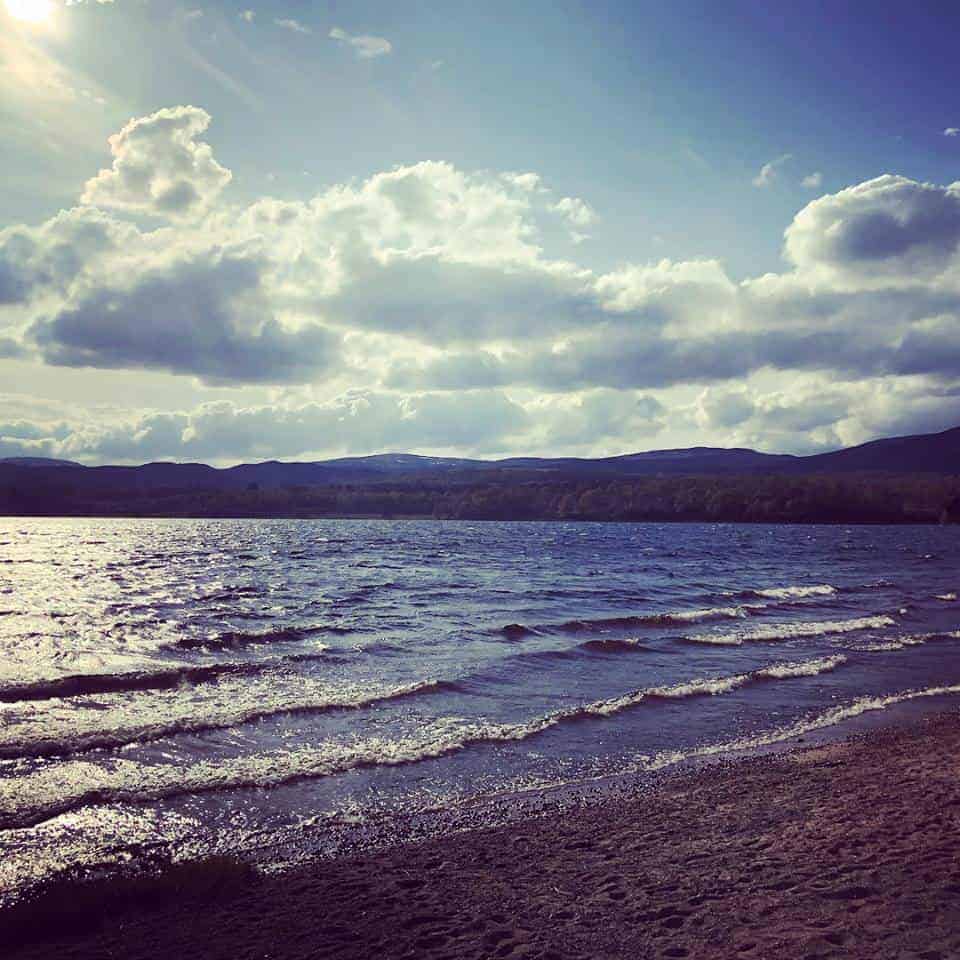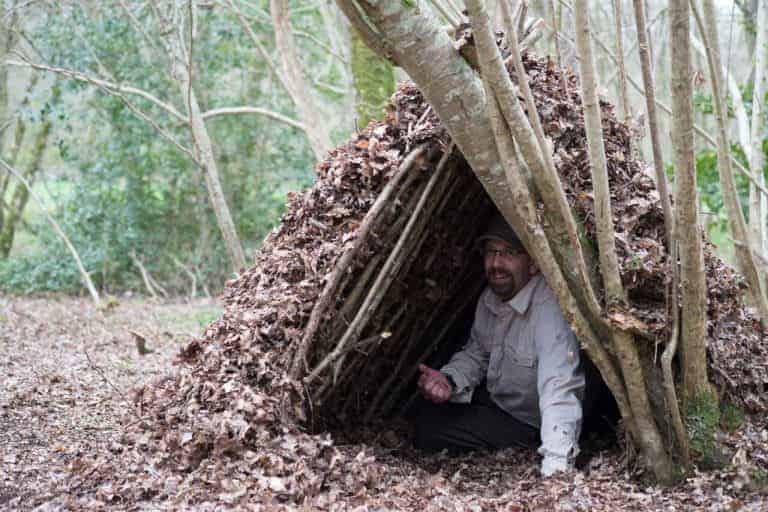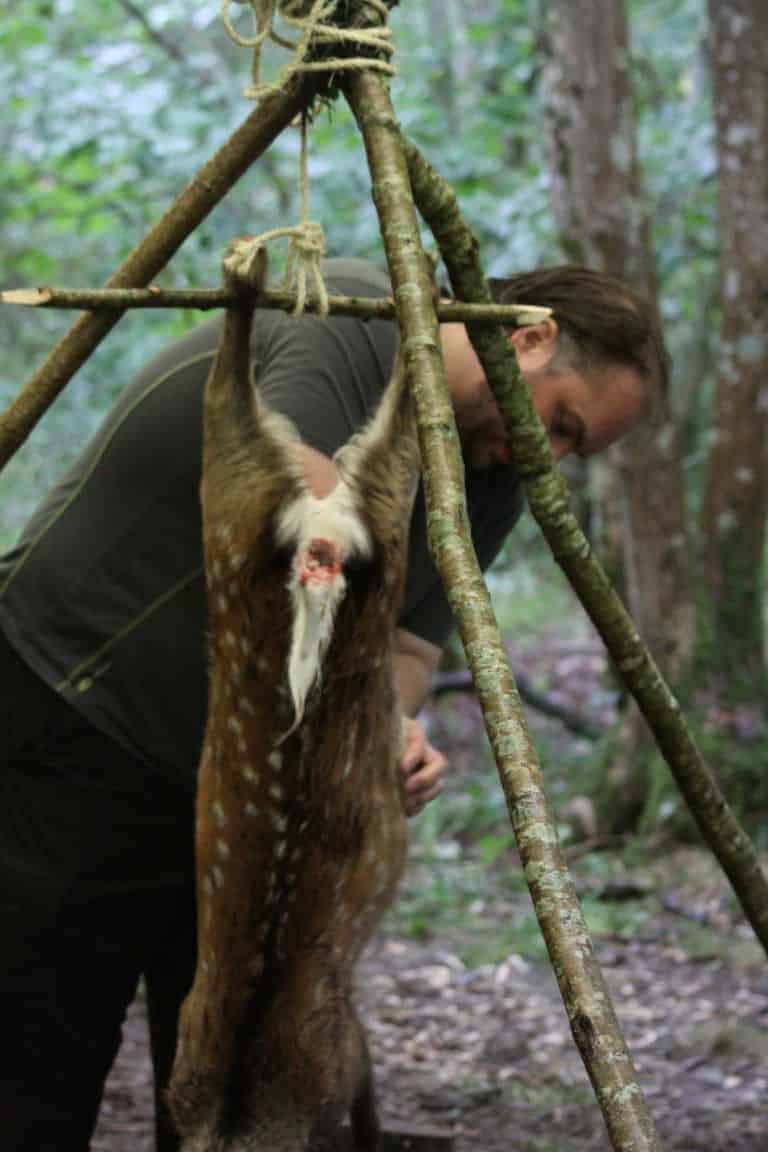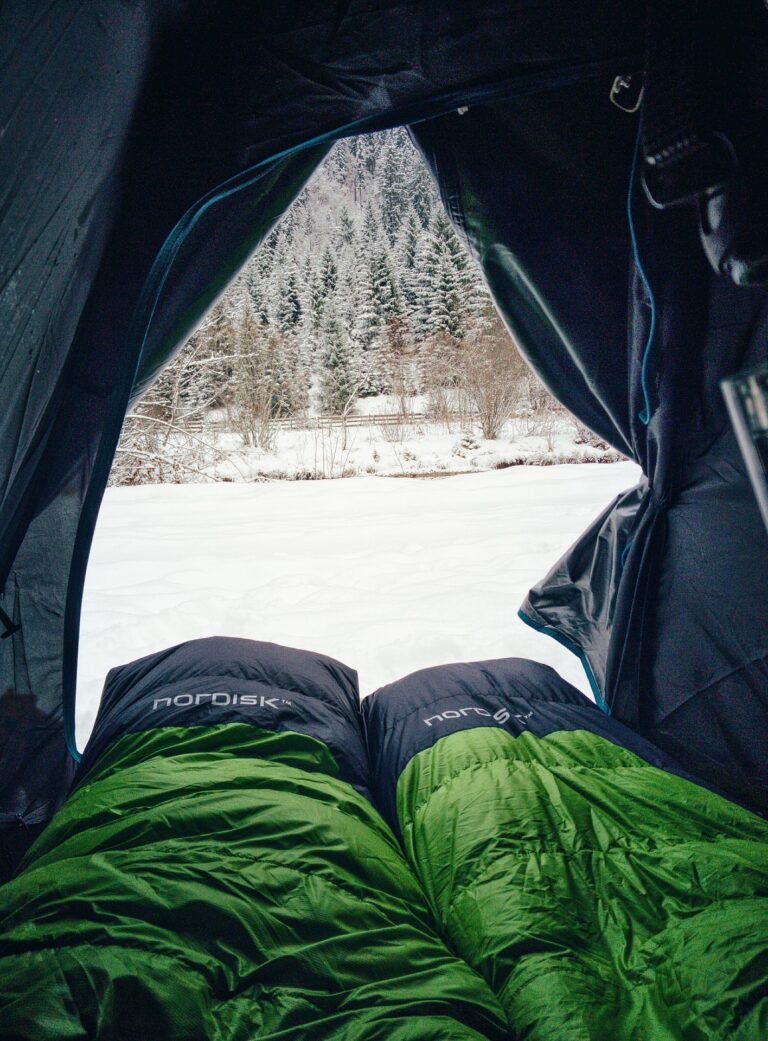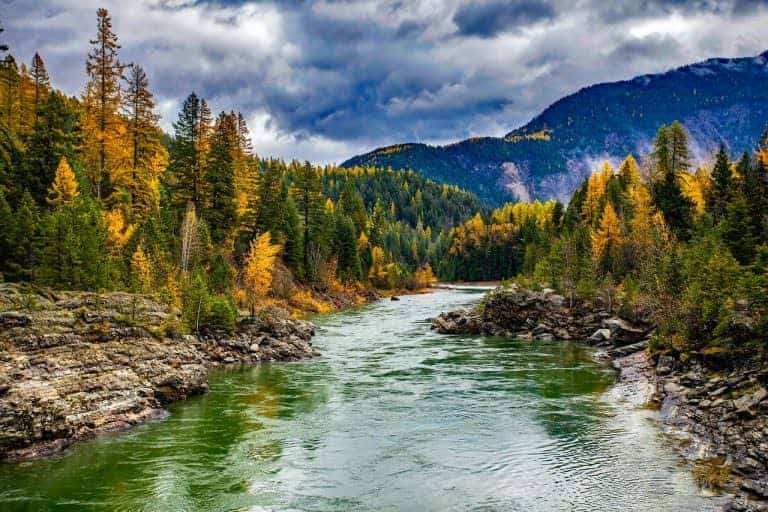Desalination – Turning Seawater into Drinking Water
In certain situations, the ability to source clean, drinkable, water from seawater is an essential survival skill. This blog looks at this vital coastal survival skill in more detail, as always feel free to read the whole blog or skip to the section that interests you the most. While we don’t yet cover desalination on our current courses we do look at water sourcing and water purification on our weekend bushcraft course and our intermediate bushcraft course.
- What is the problem with seawater?
- Removing salt from salt water
- Other considerations
- What to expect on our bushcraft course
- Kit
- Further reading
What is the problem with seawater?
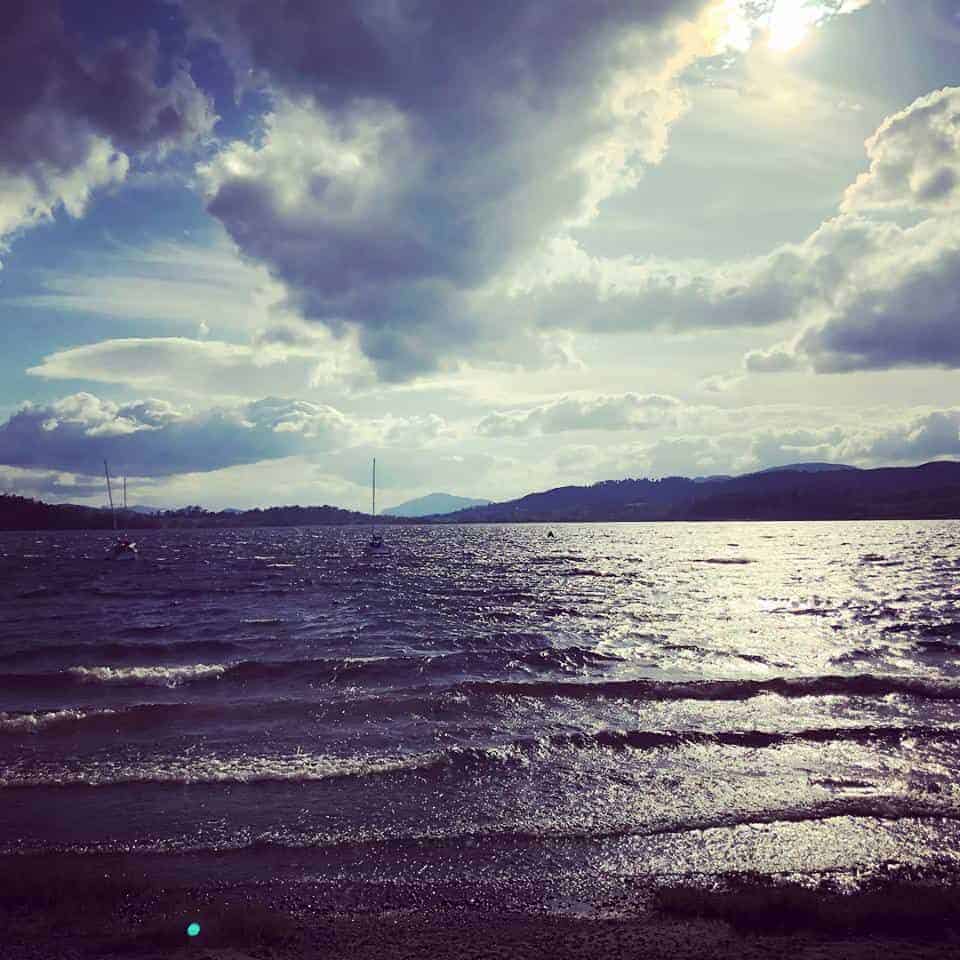
‘Water, water everywhere and not a drop to drink’ as the Ancient Mariner said, but what exactly is the problem with sea water? Basically, seawater contains salt and humans can only ingest so much salt. The salt content of seawater is much higher than what we can safely consume. Our kidneys have to produce urine that has a lower quantity of salt than salt water, therefore in order to get rid of the amount of salt consumed by drinking salt water we would need to urinate more than we drink. This would mean that we slowly dehydrate ourselves while becoming thirstier.
Removing salt from salt water
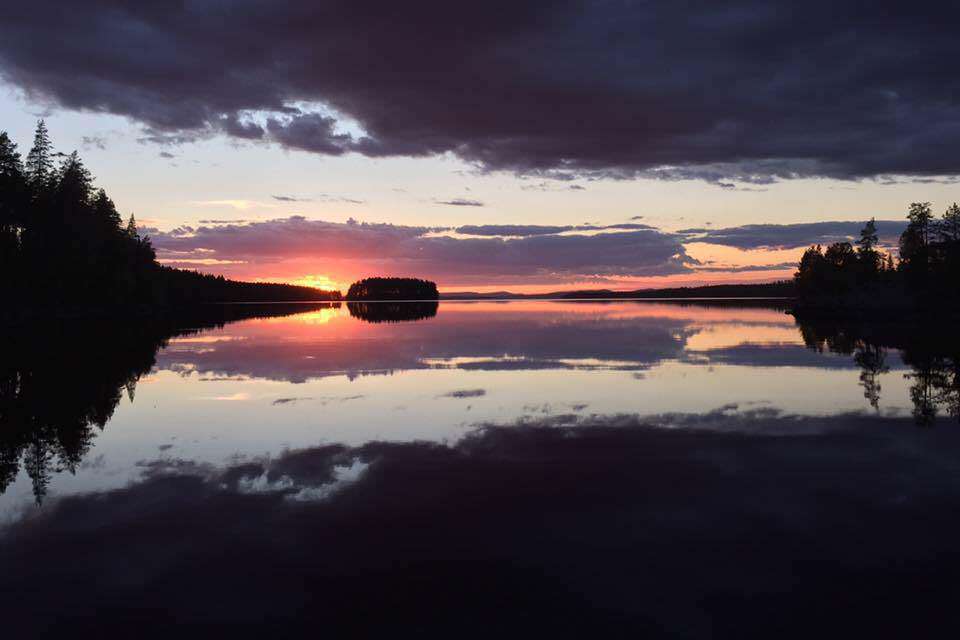
Removing salt, from salt or rather saline water, involves separating the salt particles from the water particles. The easiest way to do this in the field is through evaporation. This process involves heating the water in one container until steam forms and can be collected in another container. The easiest way to do this is to run a piece of tubing from the first container through which the steam condenses when entering, into the second container.
This may not always be practical though so be prepared to improvise the tubing with plastic sheeting angled so that it catches the steam from the first container and allows the water to run into the second.
LEARN HOW TO USE AN AXE, BUILD SHELTERS, LIGHT FIRES AND MORE ON OUR IOL ACCREDITED WEEKEND BUSHCRAFT COURSE.
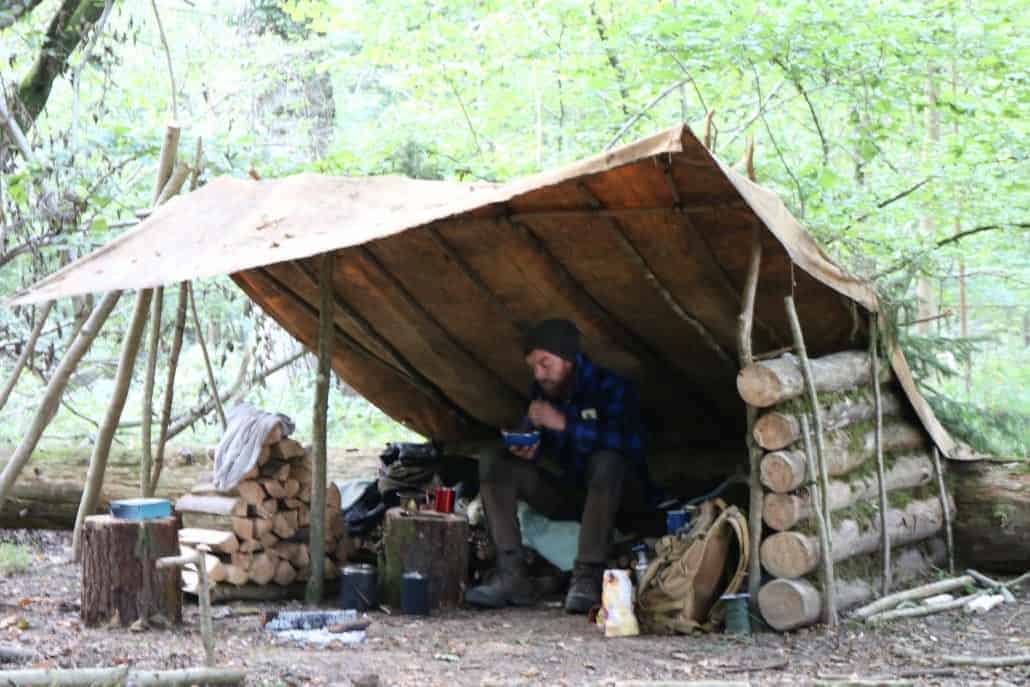
Other considerations
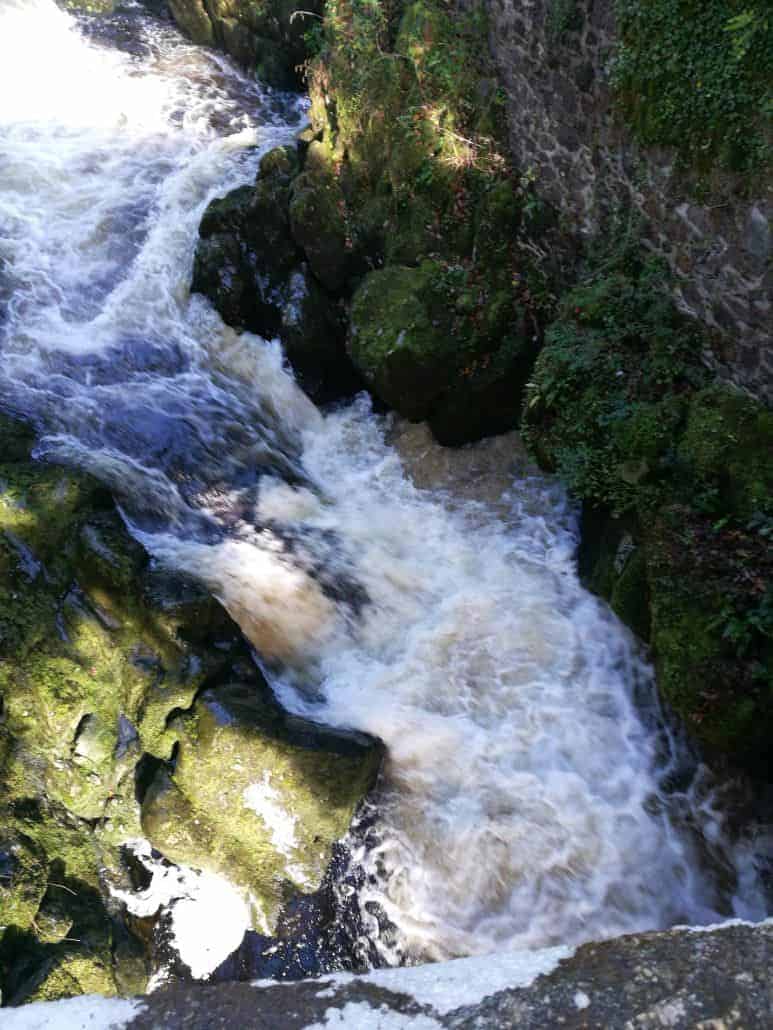
Desalination is a complex and energy-intensive process. It can be difficult to get right and consumes fuel supplies. When looking for sources of water in coastal area desalination should be a last resort. Some other methods of gaining fresh water are outlined below.
- Transpiration
Water moves through plants, including coastal plants, from its roots through to its leaves, stems, and flowers where it evaporates. If the coastal area in which you are looking for water has a lot of vegetation or there is nearby vegetation inland then these plants are an excellent source of water. Simply throw a bag, such as a survival bag over the leaves of a nearby plant. Tie the bag off at the opening over the branch, then wait. In a few hours, the water from the plants should have evaporated and gathered in the bottom of the bag. - Search for other water sources
Coastal areas have water running to them, through the form of rivers or streams. Finding where one of these water sources comes out and then tracing it back upstream will provide you with a source of freshwater. Be warned though that if you select water from a stream close to the beach then it is likely to be saline.
What to expect on our bushcraft course
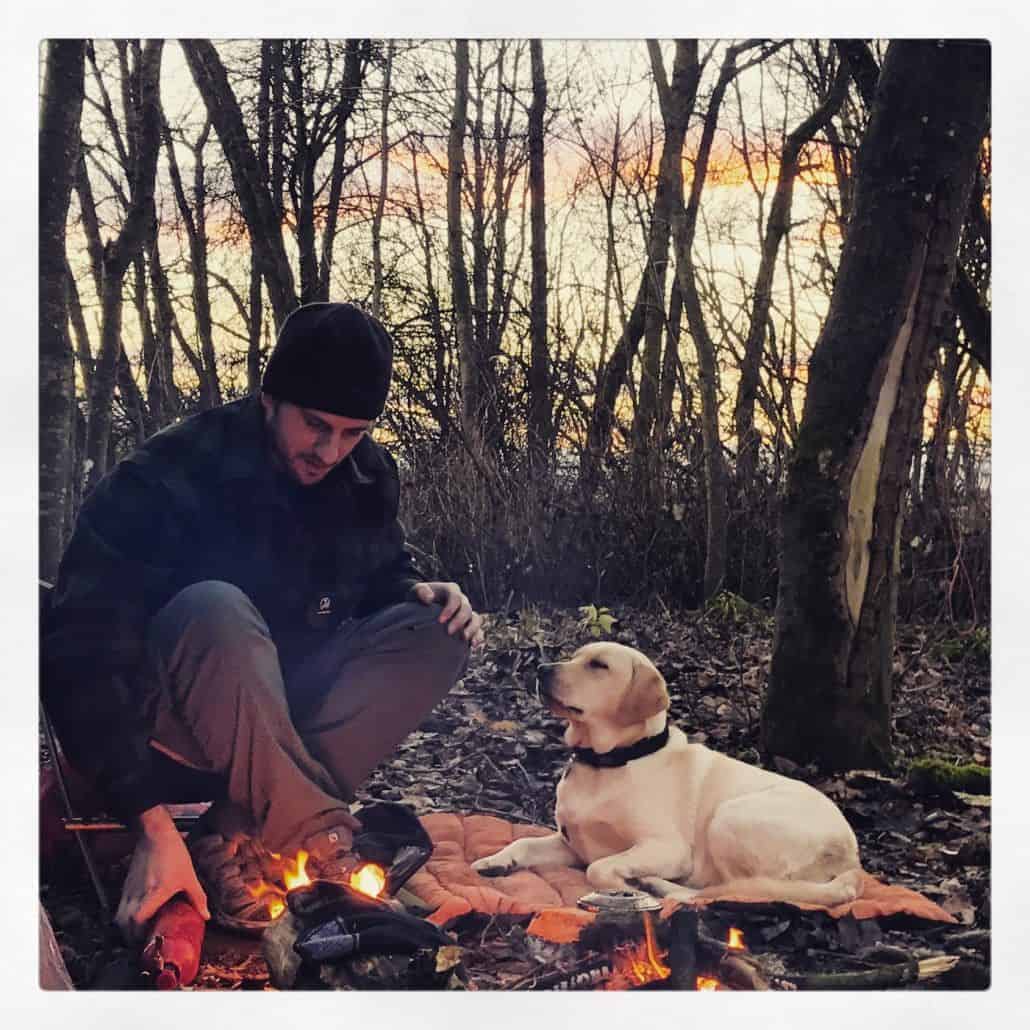
On our weekend bushcraft course, we will introduce you to the principles of water filtration. Although we won’t introduce you to desalination we will show you how to source water and create a basic filter using natural materials.
We will also introduce you to the principles of shelter building, friction fire lighting, food preparation (fin, feather, and fur), knife skills, axe skills and many other bushcraft essentials. If you would like to develop your bushcraft skills further then our intermediate bushcraft course is for you.
Click here to find out more about our intermediate bushcraft course.
Kit mentions
Here is a run through of some of our favourite kit, while we don’t use this for water purification we do take it out in the woods with us.
- Fallkniven DC4
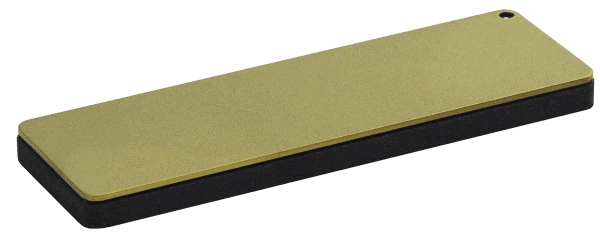 This diamond/ceramic whetstone is perfect for use in the field.
This diamond/ceramic whetstone is perfect for use in the field.
https://www.fallkniven.com/en/knife/dc4/ - Knives
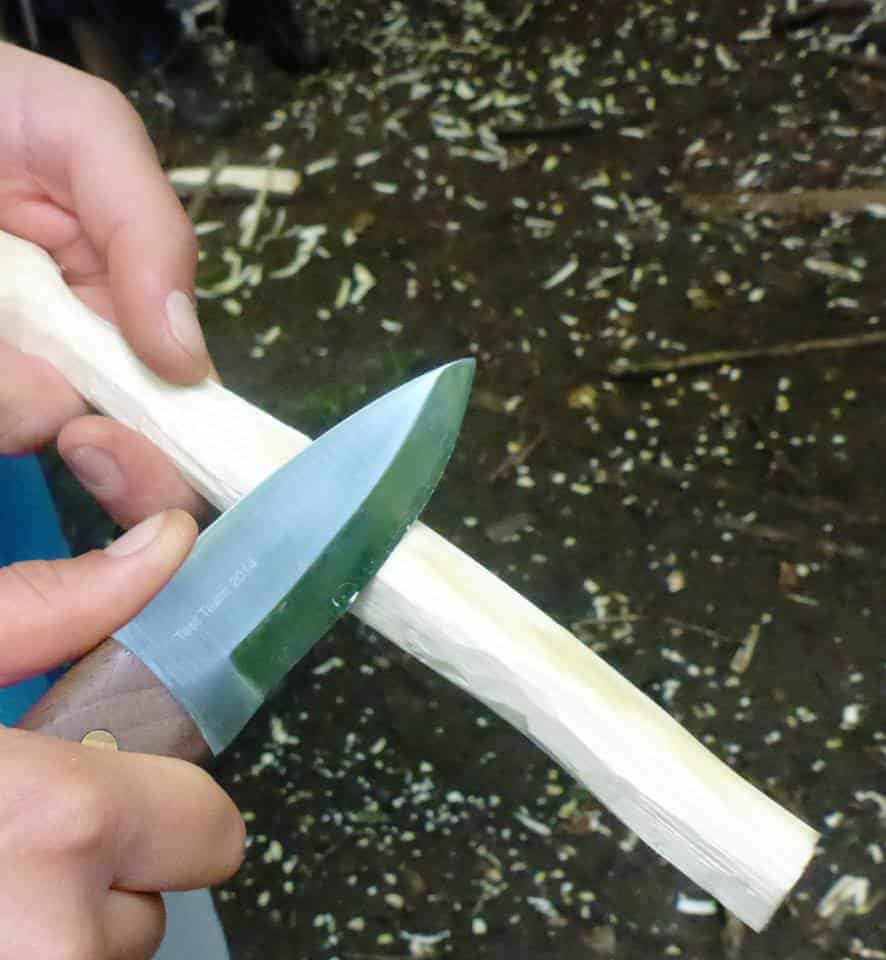 Wildway Bushcraft use Bear Blades.
Wildway Bushcraft use Bear Blades.
“Constructed from superb quality D2 steel this knife is ideal for bushcraft and wood crafting. Our most popular knife due to its versatility and functionality, suited to tough daily use in the woods.”
http://bearblades.co.uk/ - Gransfors Bruk Small Forest Axe
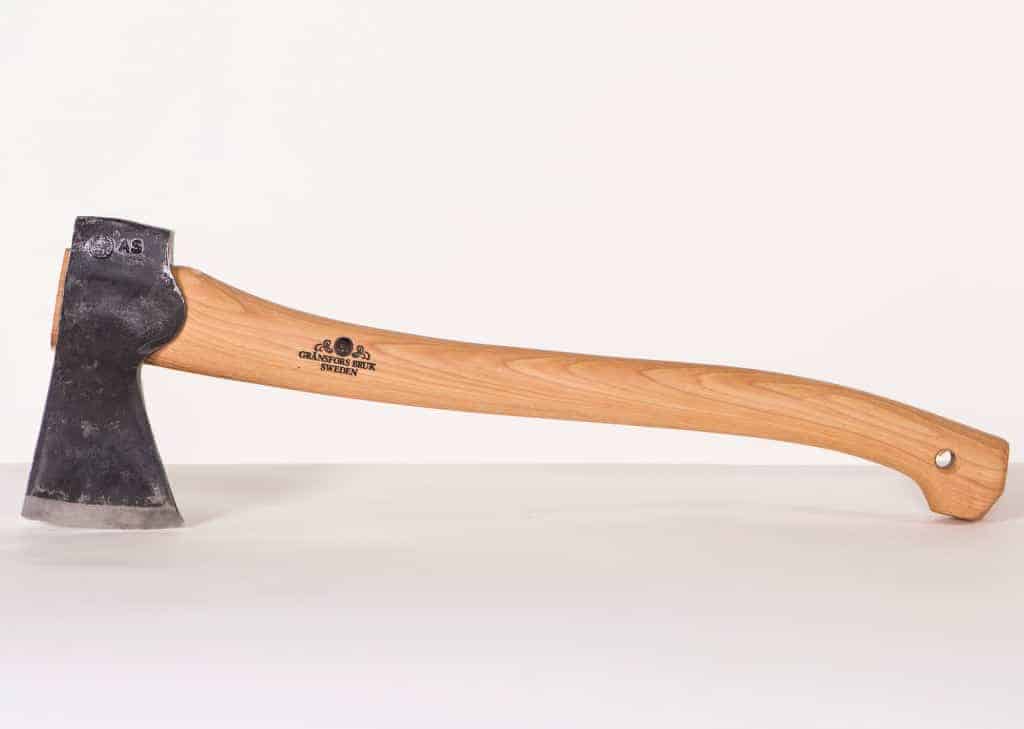
Wildway Bushcraft uses a small forest axe from Gransfors Bruk. You can find out more information about Gransfors Bruk via the link below.
https://www.gransforsbruk.com/en/product/gransfors-small-forest-axe/
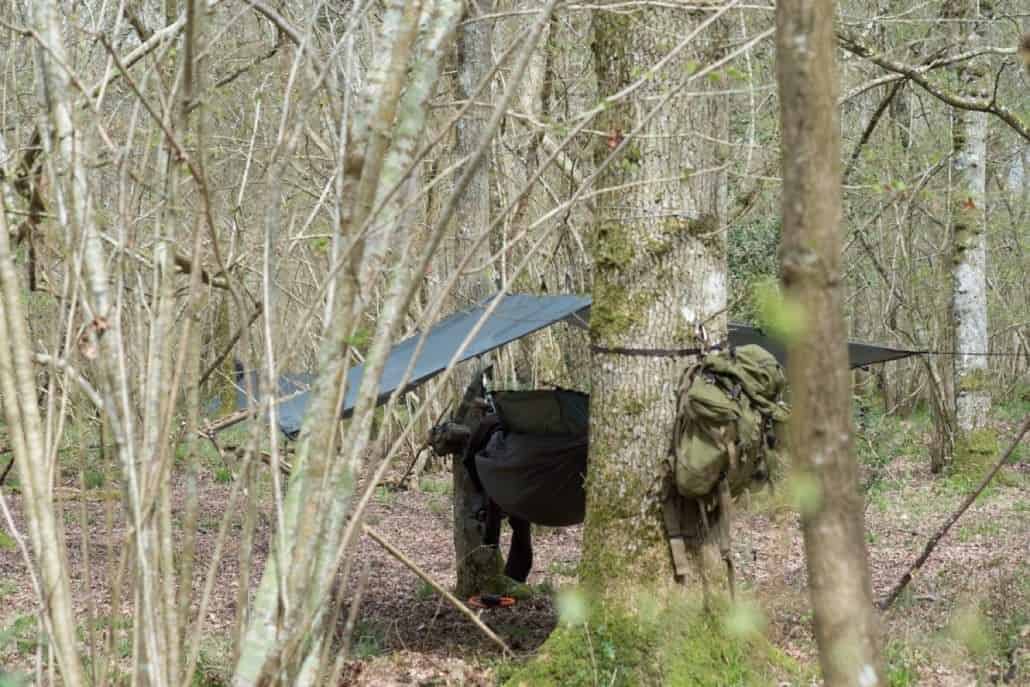 The DD 3×3 Tarp is a classic of the camping world. You can read our review of it here.
The DD 3×3 Tarp is a classic of the camping world. You can read our review of it here. The tarp can be found online via DD Hammocks at the link below.
https://www.ddhammocks.com/
LEARN HOW TO USE AN AXE, BUILD SHELTERS, LIGHT FIRES AND MORE ON OUR IOL ACCREDITED WEEKEND BUSHCRAFT COURSE.
